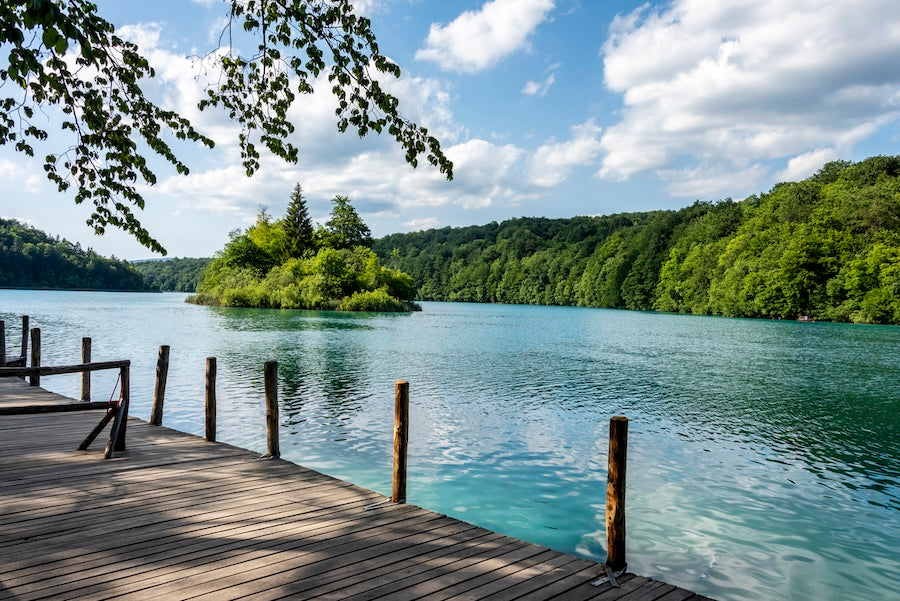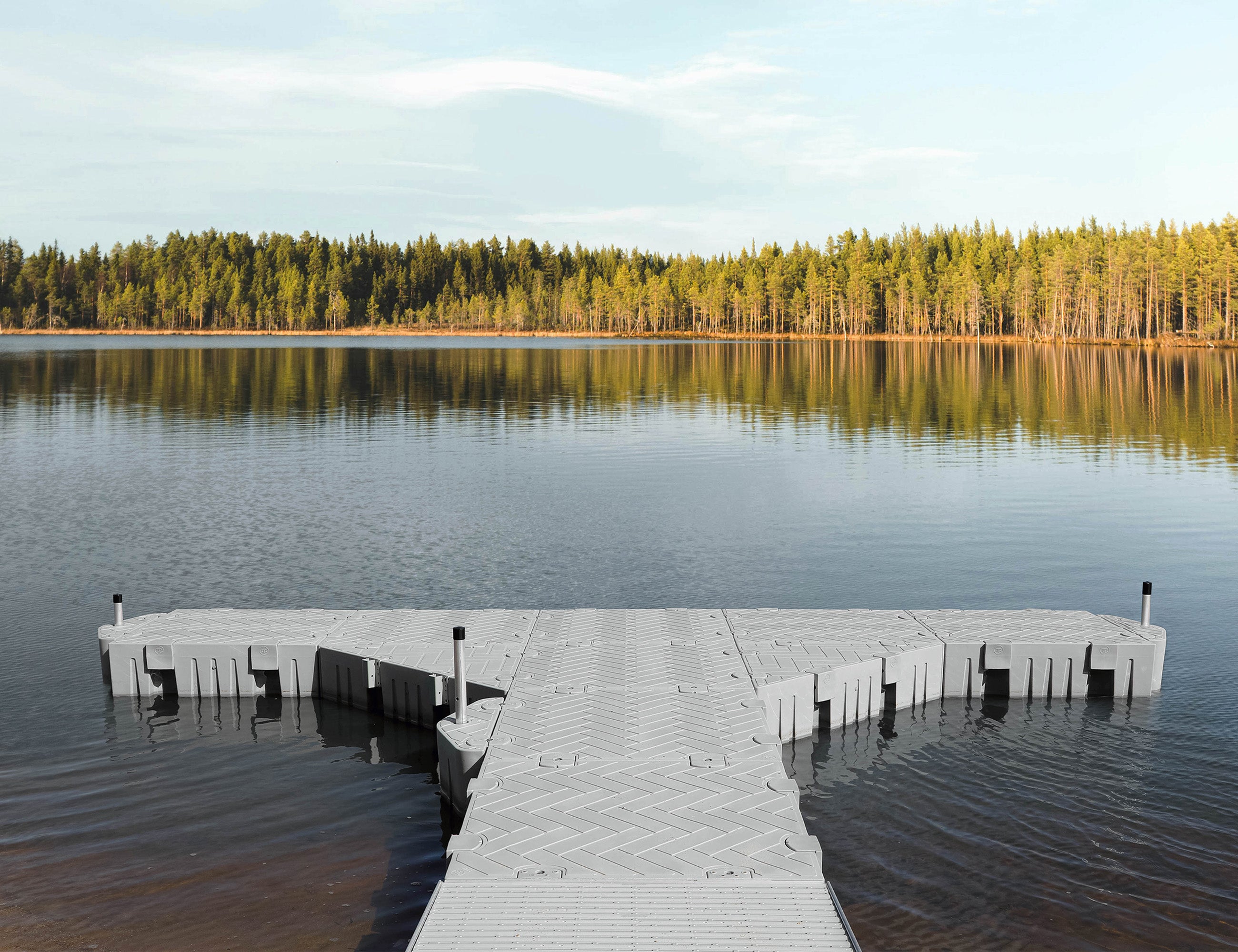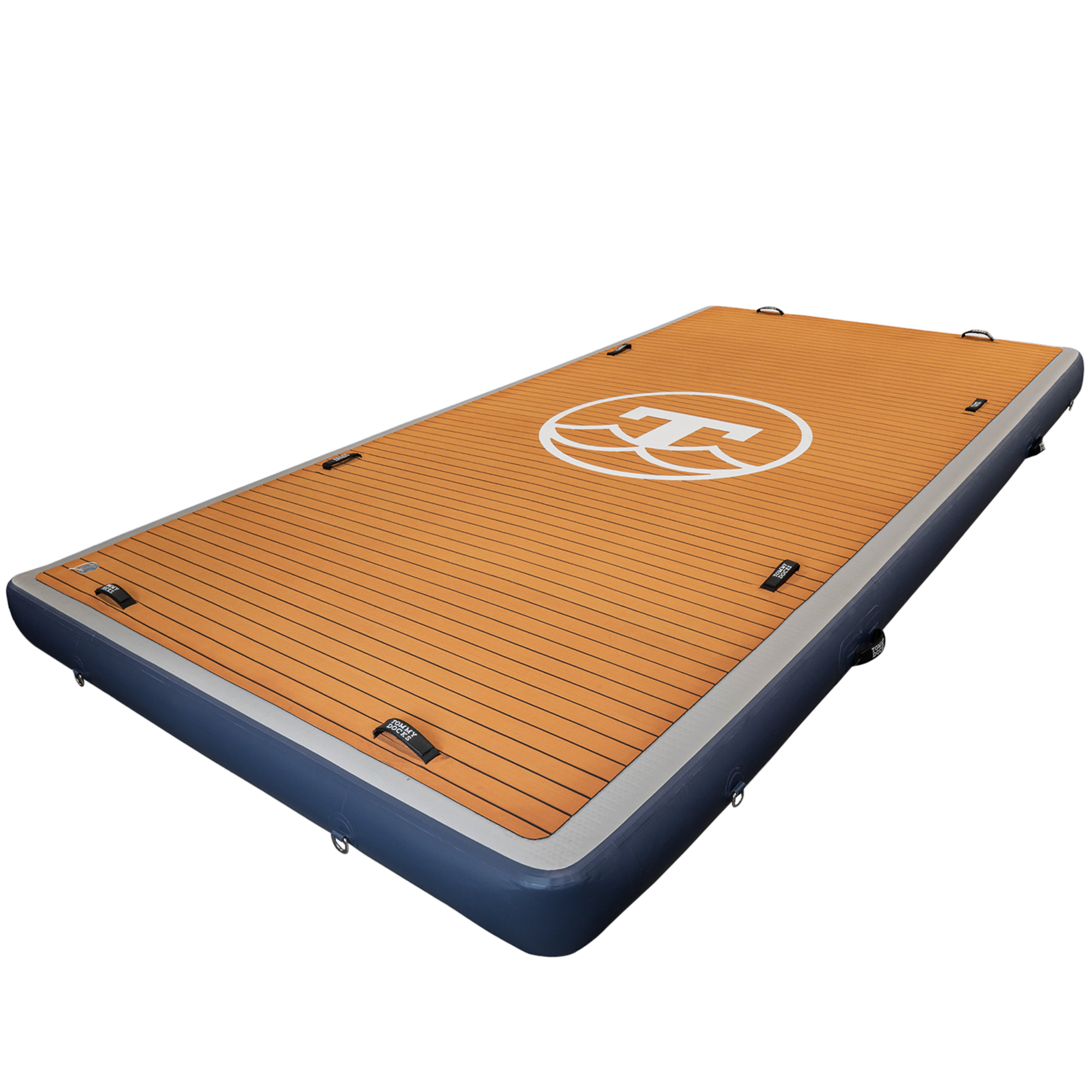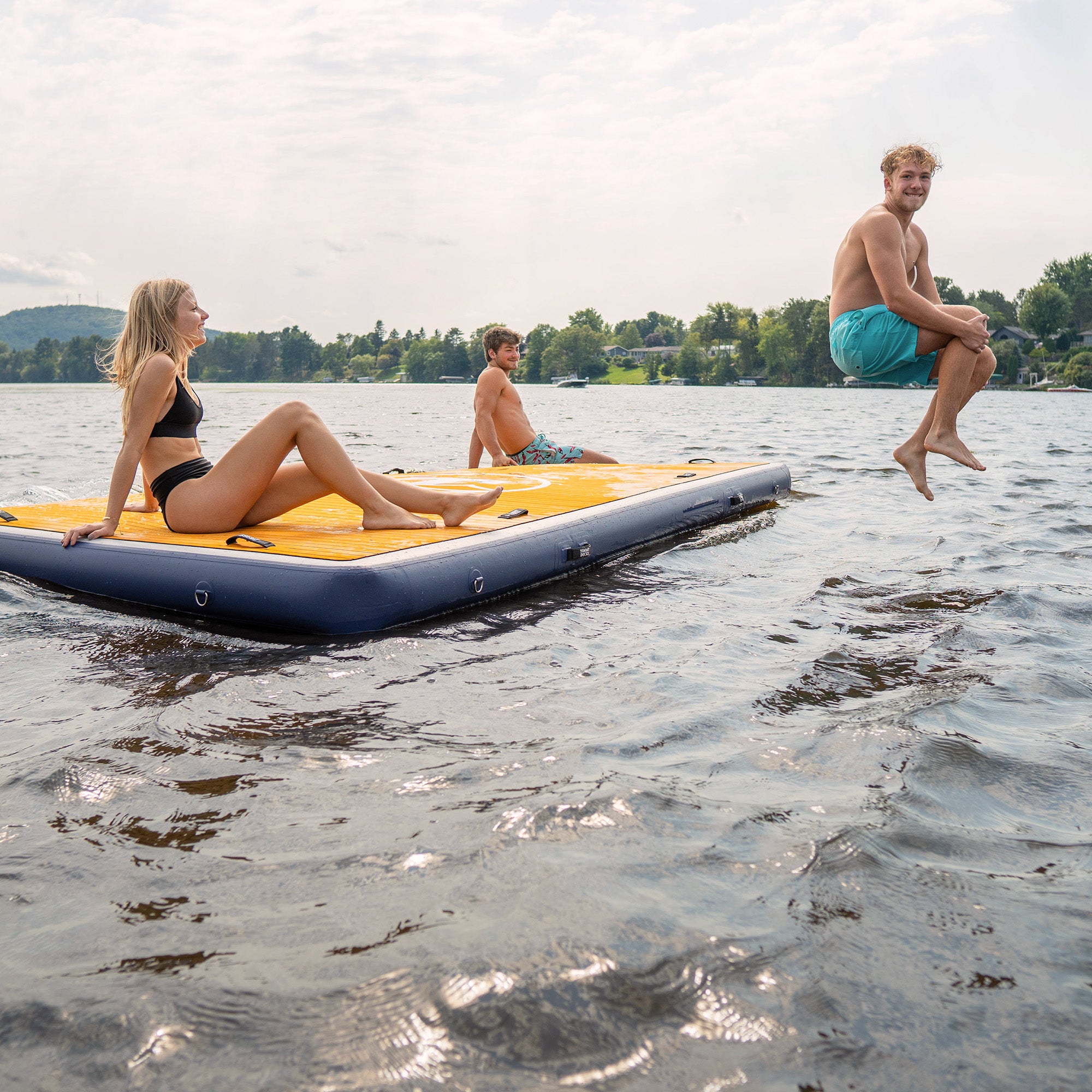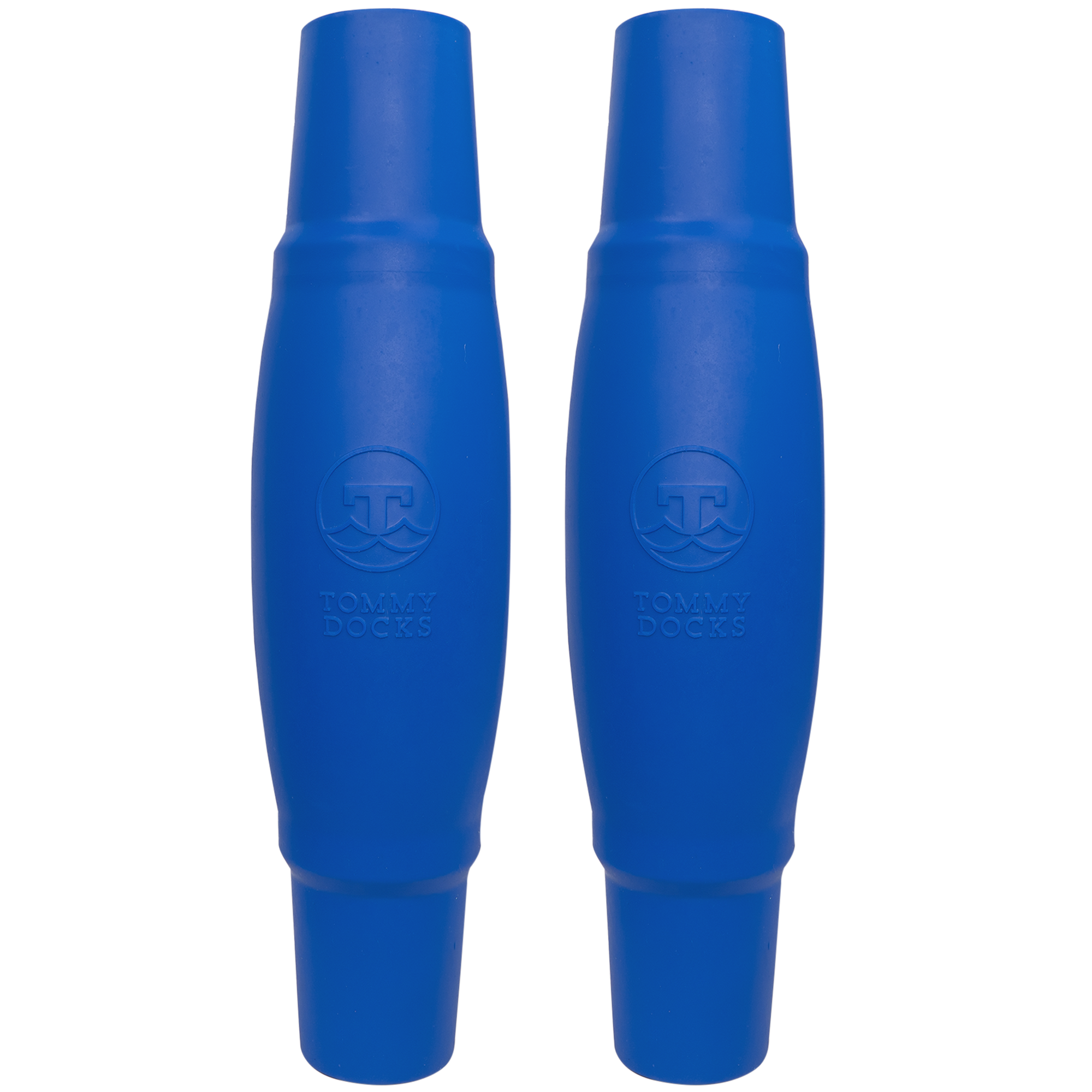When it comes to enhancing your pond experience, you have several excellent options. A stationary dock offers permanent, stable access that's perfect for daily use and fishing. A floating platform provides flexibility for changing water levels, while a small fishing deck creates an intimate space for angling. Multi-level access systems work well for larger ponds with varying water depth.
Among these dock ideas, stationary docks stand out as the most reliable long-term solution for pond owners. Unlike a floating dock that moves with water level changes, stationary docks provide unwavering stability and can support heavier loads. They're ideal for backyard pond setups where you want consistent access regardless of seasonal water fluctuations.
Whether you're a farm owner looking to improve livestock water access or simply want to enhance your pond for recreational activities, building a stationary dock transforms your water feature from a simple viewing element into an interactive centerpiece of your property.
Understanding Your Pond and Dock Requirements
Before diving into construction decisions, you need to assess your pond's unique characteristics. Water depth plays a crucial role in determining your dock design and installation method. Most stationary docks work best in ponds with consistent water depth of at least 3-4 feet, ensuring the structure remains stable and functional.
Water level fluctuations throughout the year also impact your planning. While stationary docks handle minor changes well, significant seasonal variations might require special consideration in your design. Document your pond's highest and lowest water levels to determine the optimal height for your dock.
Key Assessment Factors
Consider these essential elements when planning your project:
-
Pond size and shape: Determines dock length and configuration options
-
Bottom composition: Affects post installation methods and foundation choices
-
Intended use: Fishing, boat access, or general recreation influences design
-
Remote access needs: Consider how the dock connects to existing pathways
Different types of docks serve different purposes, but stationary options excel when you need dependable, year-round access. Unlike floating dock alternatives that require annual removal in harsh winter climates, well-built stationary docks can withstand freezing conditions when properly constructed.
Before breaking ground, check with local authorities about permit requirements. Some areas regulate dock construction, especially on larger ponds or those connected to natural waterways. This careful planning step prevents costly modifications later in your project.

Design Options and Materials for Your Stationary Dock
The beauty of custom dock construction lies in creating a design that perfectly matches your pond and intended use. Popular configurations include straight-line docks for simple access, L-shaped designs that provide both entry and fishing areas, and multi-level platforms for diverse recreational activities.
Material Selection Guide
Your choice of materials significantly impacts both appearance and longevity:
Decking Options:
-
Cedar: A beautiful, natural wood with excellent weather resistance and a classic look that ages gracefully.
Composite: A durable, low-maintenance option that mimics wood grain while resisting rot, fading, and insects. -
Aluminum: Sleek, ultra-durable, and offers long-lasting performance with minimal upkeep—ideal for modern or high-traffic dock designs.
Structural Components:
-
Posts: Galvanized steel or pressure-treated lumber for foundation support
-
Dock frame: Aluminum or treated wood for the underlying structure
-
Hardware: Stainless steel bolts and brackets for saltwater-like pond conditions
A well-designed dock incorporates functional elements that enhance your pond experience. Built-in bench seating creates comfortable spots for relaxation, while dedicated fishing rod holders keep equipment organized. If you plan to dock a small boat, consider adding boat dock bumpers to protect both your watercraft and dock structure.
Aesthetic Integration
Your dock should complement your existing landscape rather than dominate it. Choose wood tones that harmonize with nearby structures, and consider the view from your house when determining dock placement. The goal is creating a natural extension of your outdoor living space.
Size your dock appropriately for your pond - a massive structure can overwhelm a small backyard pond, while an undersized dock might not provide adequate access to a larger water feature. A good rule of thumb is keeping dock width between 4-6 feet for comfortable passage, with length extending 8-12 feet into the pond for most residential applications.

Installation Process and Construction Tips
You can buy a prefab stationary dock kit from Tommy Docks. These come with all the materials you need, including framing, decking, and hardware. The only catch—you’ll still have to install it. That’s where this guide comes in.
How to Build Your Pond Dock
Step 1: Mark the Layout
Start by outlining where your dock will go using stakes and string. Think about accessibility, water depth, and any surrounding obstacles. Double-check your measurements so everything lines up perfectly.
Step 2: Build the Frame
Use pressure-treated lumber for durability and align the frame with your layout. Secure it with galvanized steel hardware like brackets and screws. If you purchased a Tommy Docks kit, you’ll get cedar or aluminum frames to choose from.
Step 3: Install Pilings or Posts
Your dock needs a solid foundation. Choose either pilings or posts, depending on your pond and local regulations. Pilings should be driven deep into the bottom using a pile driver or water jetting. If you’re using posts, dig holes and secure them with concrete footings.
Step 4: Add Decking and Trim
If you have not purchased a Tommy Docks Stationary Dock Kit you will need to complete an extra step, installing your decking material. Composite, hardwood, cedar, aluminum, and Titan decking are all great options. Be sure to leave small gaps between boards for drainage. Finish it off with trim for a polished look and added safety.
Step 5: Add Accessories
Think about what will make your dock more functional and enjoyable. Ramps, ladders, lighting, and boat bumpers are popular additions. Just make sure anything you add is durable and weather-resistant.
Safety and Maintenance Tips
Add non-slip surfaces, handrails where needed, and lighting for visibility. Consider installing life rings or other safety gear nearby.
Stay on Top of Maintenance
Inspect your dock regularly for damage or loose parts. Clean the surface and apply a sealant or protective coating to guard against water damage and UV rays.

Maximizing Your Investment: Why Choose Tommy Docks
Investing in a quality stationary dock is one of the best ways to elevate your pond or waterfront property. A well-constructed dock doesn’t just offer access, it creates a space for fishing, swimming, relaxing, and enjoying the outdoors. With the right design and materials, a stationary dock becomes a long-term feature that grows with your family’s needs.
Built to Last and Built for You
Whether you’re looking to create a peaceful morning retreat or a sturdy platform for small boats and recreation, our American-made dock systems are built to deliver. At Tommy Docks, we offer modular, DIY-friendly solutions made from premium cedar, composite, or aluminum. Designed for real-world use, our docks withstand seasonal changes, water level fluctuations, and everyday wear, all while providing a clean, professional look that complements your landscape.
From stationary and floating docks to roll-in and inflatable options, our product line is built to fit ponds of all sizes and conditions. And with a full suite of add-ons—like ladders, bumpers, and gangways, you can tailor your dock to match how you use the water.
Honest Pricing and Ongoing Support
Since 1987, we’ve been committed to helping customers across all 50 states build better waterfronts. That means clear, upfront pricing with no surprise fees, fast shipping from our Wisconsin warehouse, and ongoing support you can count on. Whether you’re installing your first dock or replacing an old setup, our step-by-step guides and expert customer service make the process simple and stress-free.
A well-designed dock adds function, beauty, and long-term value to your property. With nearly four decades of experience and thousands of satisfied customers, Tommy Docks is your trusted partner in creating the ideal pond dock. From individual dock sections to complete kits, we have everything you need to build with confidence.

